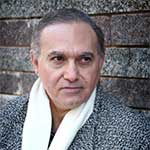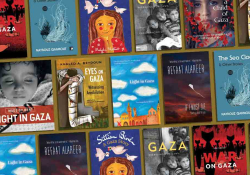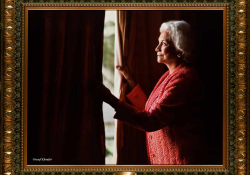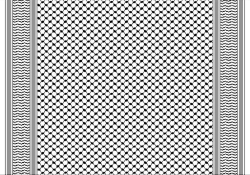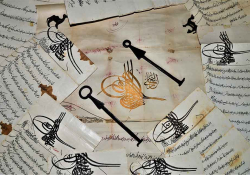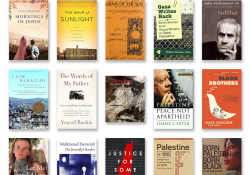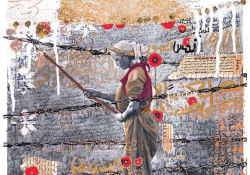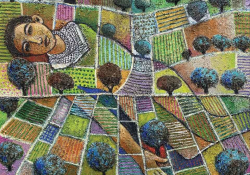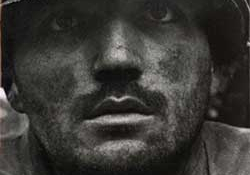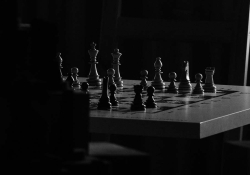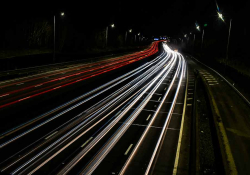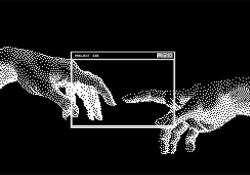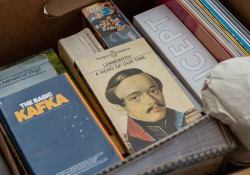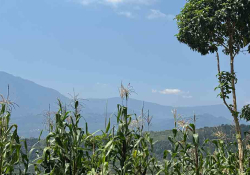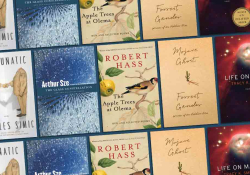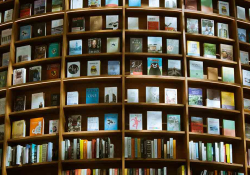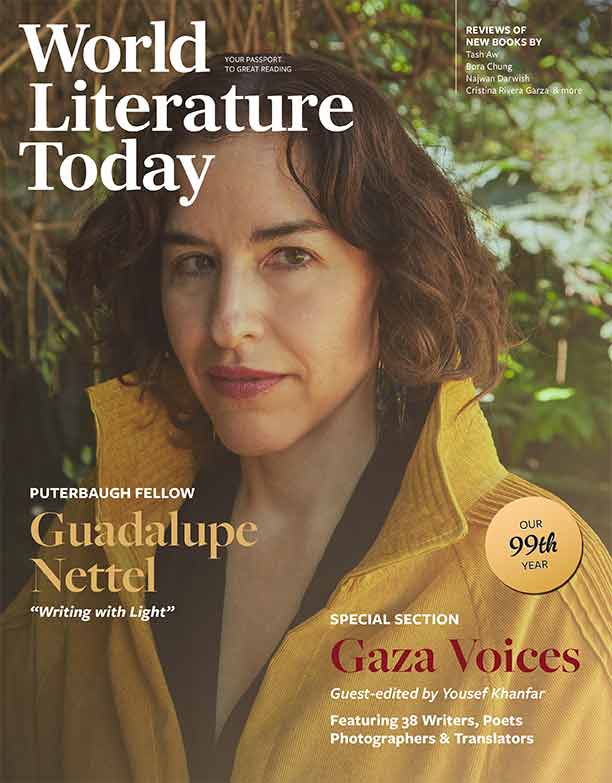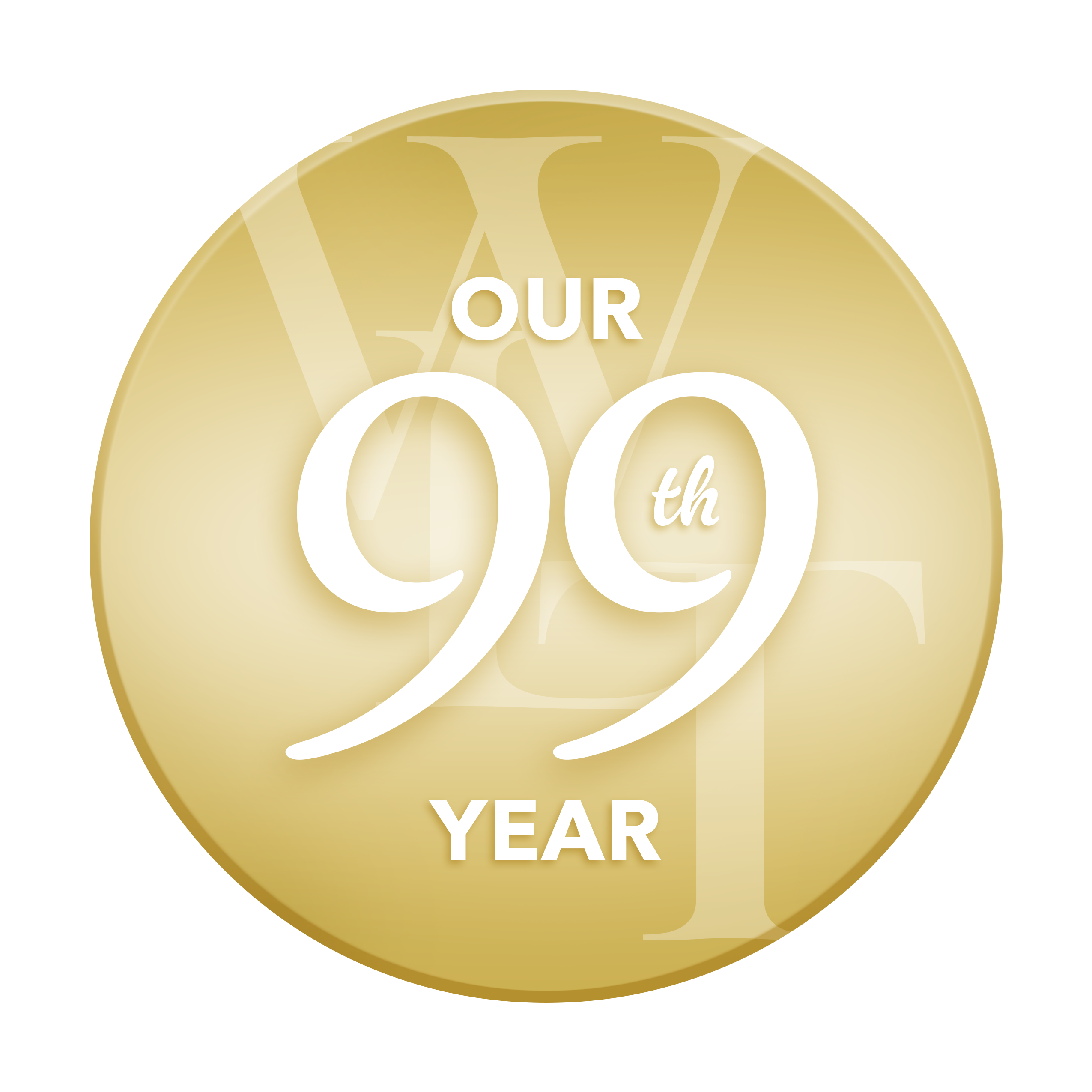Introduction: Eyes of the Pen, Voices of the Camera
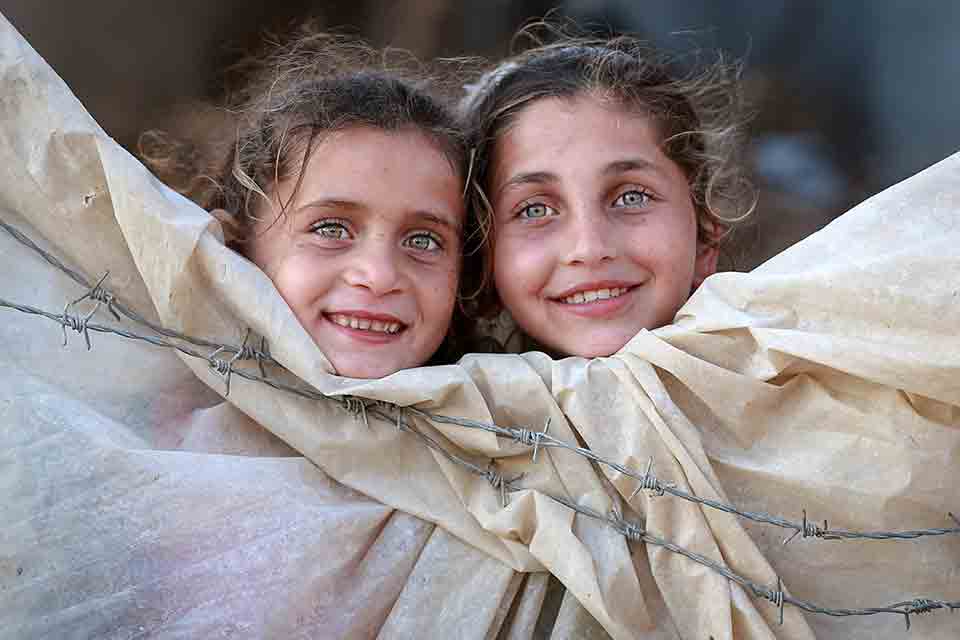
I have chosen to carry my camera and pen instead of guns,
to tell my story and promote peace around the world;
I believe peace is a finer horse to ride than violence.
—Yousef Khanfar, In Search of Peace
To injustice no peace, to peace no violence, to violence no freedom, to freedom no shackles, that is, and that is not. There is nothing hopeful without peace, nothing painful without violence, for peace is the essence of the divine, and everything else is madness.
Gaza—a narrow strip of land, one of the most densely populated areas on earth, and long a crossroads of the Palestinian struggle—remains one of the most volatile and heartbreaking regions in the world. For years, it has faced not only political and military colonization but also humanitarian crises that have compounded the suffering of its people. Israel’s recent war on Gaza, with its indiscriminate violence and destruction, is yet another painful chapter in the ongoing history of dispossession, exile, and resilience. And even in the midst of this tragedy, Gaza’s writers, poets, and photographers continue to resist in the most powerful way they know: through their images and messages.
“Gaza Voices” is a collection of stories, poems, and reflections that journey on the moving locomotive of literature and history. These are not mere words on a page; they are the breath of survival, the rhythm of defiance, the heartbeat of a people whose story has been written in the ink of struggle. Just as we look to the literature of those who lived through the horrors of slavery, the torment of the Holocaust, the systemic cruelty of apartheid, and the dark silence under oppressive regimes in Russia, so too must we honor the words of Gaza’s writers. In their pens, we find the same resilience that sustained the voices during history’s darkest moments. This collection is designed to enlighten and not to convince.
One of the greatest challenges for Gaza’s writers during the war has been to ensure that their voices are heard outside the confines of their besieged territory. The colonization of Palestine of seventy-seven years and the siege of Gaza for over sixteen years has long been a tool of collective punishment, restricting not only the movement of people and goods but also access to the most essential daily needs. With most of Gaza’s borders closed, access to the world beyond the enclave has been limited, and writers often struggle to reach an international audience. But despite these challenges, many writers use social media, digital platforms, and other means of publication to get their words out to the world. They understand that sharing their experiences, their truths, and their hardships is a vital part of the larger struggle for justice and self-determination.
Every writer and photographer in this collection has lost one—or many—loved ones to the war. Nearly all have seen their homes bombed, their safe sanctuaries crumbled brick by tender brick, and their memories reduced to ashes buried beneath the rubble. Most of them moved from the comfort of their homes to small, cold tents. They have all tasted ruthless hunger on a daily basis, felt the ache of empty hands searching for a drop of water, wandered endlessly from ruin to ruin, carrying grief like a second skin. And yet, through it all, they carry something else. Something that refuses to die. They carry faith. They carry hope, the kind of hope that breathes when nothing else can, for hope is oxygen.
There is nothing more tragic than a pen in a coward’s hand. The Palestinian pen writes bravely, and almost every writer who handed me their essay, story, or poem also handed me an appeal: If something happens to me, let the world hear my voice. The Palestinian writers did not write their words because it’s an advantage for someone to read them but because it’s a disadvantage for their souls to keep them.
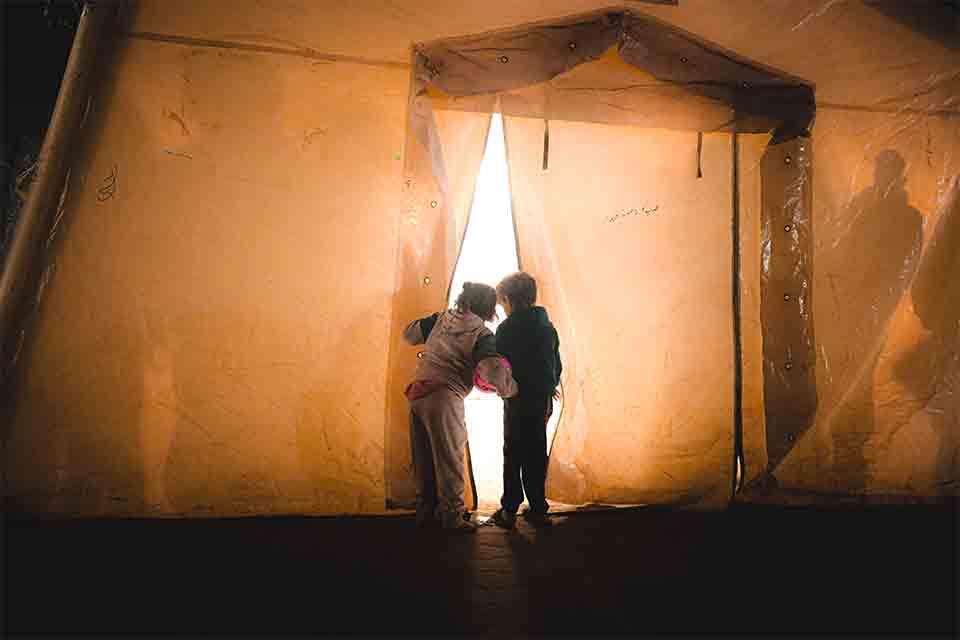
There is nothing more tragic than a pen in a coward’s hand.
Gaza’s literary scene, often overshadowed by the media’s relentless focus on physical destruction and death tolls—numbers without names—has always been a space of culture and knowledge exchange. Yet, during the latest war, the struggle to write has taken on new dimensions. Writers face unimaginable conditions: the constant threat of bombardment, the loss of access to basic resources like electricity and internet, and the overwhelming emotional toll of watching their loved ones suffer or be killed. For most of the time, there has been no food, no water, no access to medicine—only the will to survive. Despite these hardships, many of Gaza’s writers and poets remain committed to their craft, understanding that their words are a vital form of resistance in the face of overwhelming violence.
The other writers are the photographers who write with light and create universal images that do not need either punctuation or translation. Alongside the written word, the image has become a powerful tool to show a reality that most of the mainstream media ignored. Even after two hundred journalists were killed, and outside reporters were banned from covering Gaza, local photographers risk their lives every day to capture the harrowing reality of their surroundings. Because the war on Gaza is not only on people—it is also on the truth.
Armed only with their cameras, not weapons, through their lenses, they immortalize suffering and resilience. A child stands alone amidst the rubble of what once was home. A mother clutches the lifeless body of her baby, her scream swallowed by dust and silence. A young girl carries her wounded brother through shattered streets, while other kids wander with empty pots, searching for food. A mother stares into the void, pain etched deep in her face, wondering how to feed her children. Heaps of dead bodies lie still, and waves of souls are shoved out of their homes, forced into exile. However, a young man raises a tattered Palestinian flag with eyes burning with defiance. And so many more—frozen fragments of a truth too heavy for words. Each image is a cry, a testimony, a memory that refuses to fade.
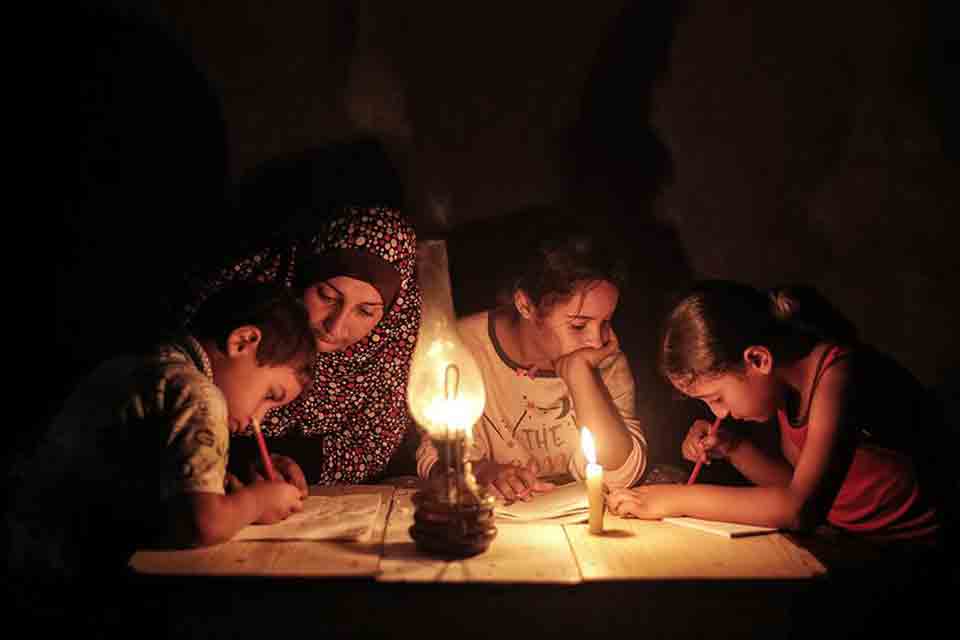
In the midst of relentless bombardment and repression, Gaza’s photographers stand as unflinching witnesses to history, capturing both tragedy and the resilience of a people under siege. Their images confront the world with the brutal reality of life under blockade, cutting through propaganda to expose violence, injustice, and inhumanity. Amid devastation, they reveal hope and resistance—shaping history so the world cannot ignore Gaza’s struggle or forget those who endure it.
No country, no nation, and no kingdom can live in peace and harmony when guns and tyranny are too much the master. Let us remember, for every colonizer, dictator, and tyrant who sells the blood of others at low price, a day will come when someone buys their blood at the same cheap rate. And I would rather build classrooms for students than build war rooms for soldiers.
“Gaza Voices” is more than a publication—it is a powerful testament, timely and historic, of human resilience. Born from the rubble of war, it preserves and amplifies the words of those who continued to write as their world crumbled, turning grief into poetry and loss into creative legacy. This issue stands not just as a document of pain and creativity but as a defiant reminder that storytelling is a lifeline—even in the darkest times—and a call to recognize our shared humanity.
This issue stands not just as a document of pain and creativity but as a defiant reminder that storytelling is a lifeline—even in the darkest times—and a call to recognize our shared humanity.
I have done my best to find the best under these dreadful circumstances, and God knows how challenging this was for me. As the editor of the “Gaza Voices” special issue, I was entrusted with the daunting task of reaching out to writers, poets, and photographers living in a war zone, under displacement and bombing—sifting through an overwhelming sea of talent, stories, and voices, each one compelling in its own right. Every choice meant leaving behind another worthy contender, and the weight of that responsibility was never lost on me. I approached this task with deep respect for the creators and for the readers, determined to curate a collection that is bold, resonant, and reflective of the excellence and urgency that define this moment. I hope what you find in these pages inspires and challenges you long after you’ve turned the final page.
As a world citizen and a global soul, I dream of the day when colonization falls down to its knees and civilization rises up to its feet, when there is no one who is worth more and there is no one who is worth less, when we don’t employ tyranny but employ humanity, when we engage in dialogue with handshakes instead of dialogue with bullets, when we don’t plant seeds of hatred but plant seeds of hope. May that day come, not as a miracle, but as a choice we all make—again and again. And may some of these voices be the compass that leads us there.
Yousef Khanfar
Executive Editor
